Games played on a chessboard which have been proven popular in schools.
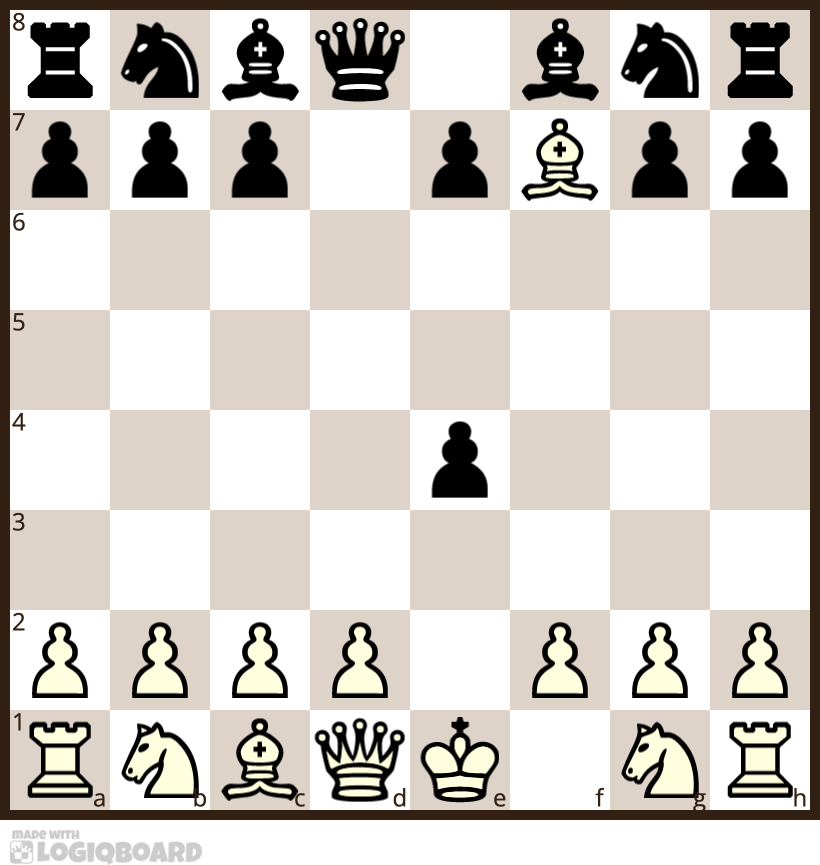
Progressive Capture
White plays a move. Black plays two moves. White plays three moves and so on. The game continues until one army’s last piece is captured. The winner is the person who captures all their opponent’s pieces.
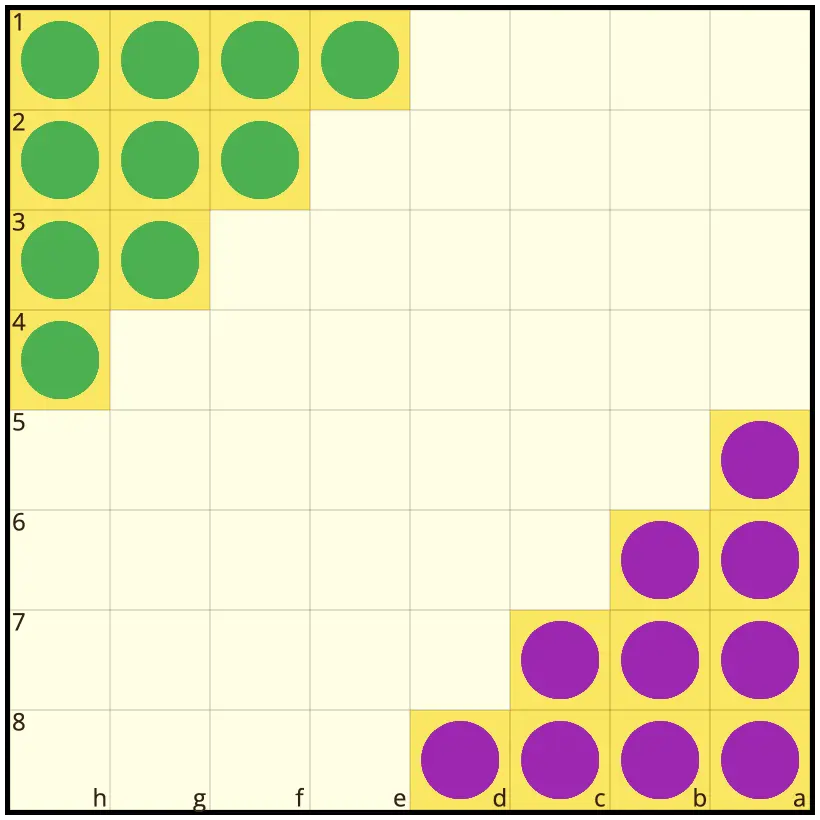
Halma
At the start, the pieces of both players occupy their “yards”. The object of the game is to move all your pieces to the opponent’s yard. A move consists in moving one piece diagonally or orthogonally into the adjacent square if it is empty. All pieces remain on the board – there is no capturing. Pieces may also jump over both their own and the opponent’s pieces if they are adjacent and the landing square is unoccupied. Jumping is not mandatory and sequential jumps can be made. To avoid standoffs, If one of the players still has a piece in their own yard when infiltrated by 7 of their opponent’s pieces, they lose.
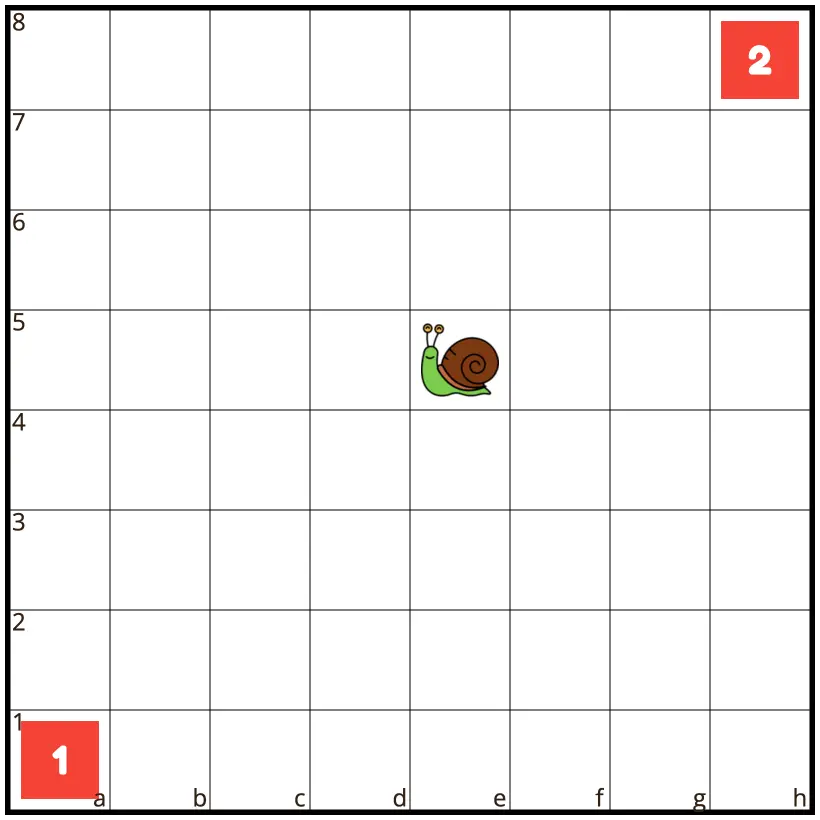
Slimetrail
Players take turns to move the same piece that can move to any neighbouring square – just like the king in chess. It is forbidden to visit a square twice. Place a counter on each square on which the piece has landed to keep track of visited squares. The name of the game refers to a snail leaving a trail of slime, denoted by the series of counters. The goal is to reach the respective target squares on a1 and h8. The first player wins if the piece gets to a1. The second player wins if the piece gets to h8. It does not matter which player puts the piece on the target square. A player also wins if the opponent is unable to make a legal move.
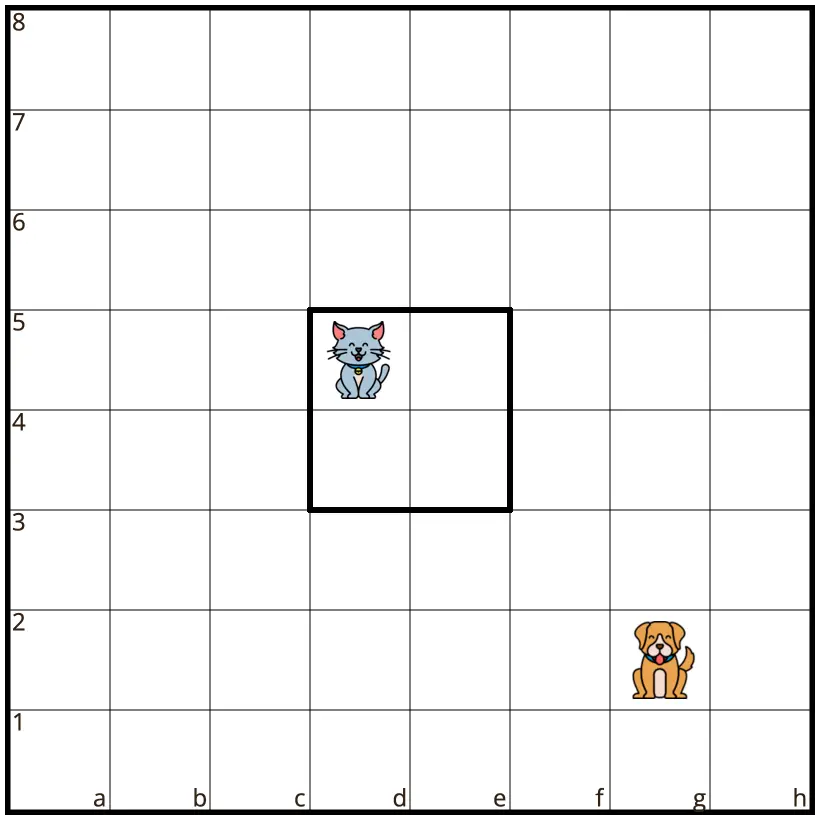
Cats and Dogs
Pieces called cats and dogs are placed alternately on an empty square of the board. Orthogonally adjacent placement of enemy pieces is not permitted. There is no capturing and pieces do not move. The first player puts a cat on one of the four central squares (d5 in the diagram) and the second player follows by placing a dog on one of the empty squares outside of the central area. Thereafter the players place pieces alternately with the following rule: a dog and a cat cannot be next to each other on the same rank or file. The player who makes the last move wins the game.
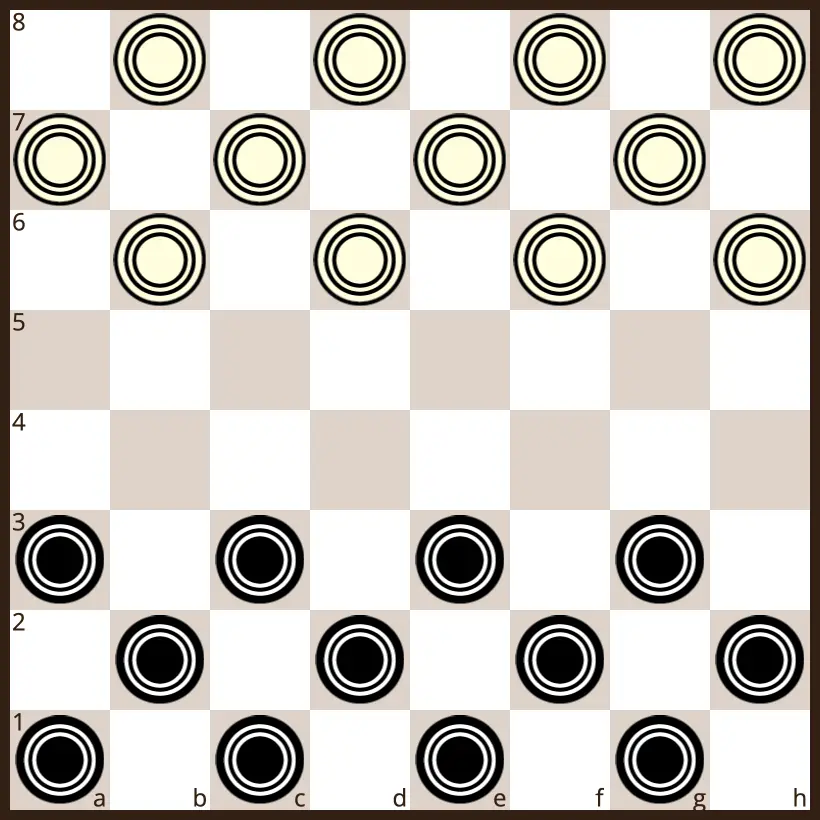
Draughts
The pieces move diagonally forward one square. If an opponent’s piece is diagonally adjacent to one of your pieces , you must capture it by jumping over it, provided that the landing square is unoccupied. Given the choice between capture, you can choose freely. Captures are mandatory otherwise, the offending piece is removed (huffed). A player loses if they cannot move because of losing all their pieces or being blocked. When a piece reaches the opposite side, it becomes a queen. A queen can move backwards or forward. Black starts.
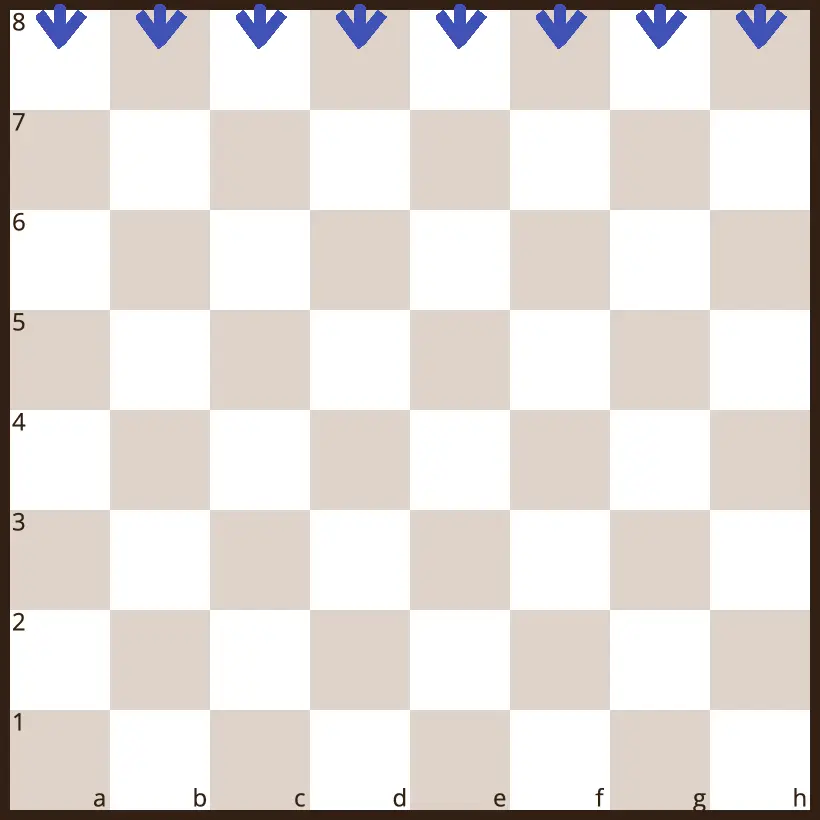
Connect 4
The classic game, Connect 4, can be played on the 8×8 chessboard. Starting with an empty board, players drop one counter in turn from the top of the board (8th rank). The counters “fall down” the file until they reach the bottom or another counter (1st rank). The winner is the first player to place a row of four counters in a row. The row can be vertical, horizontal, or diagonal.
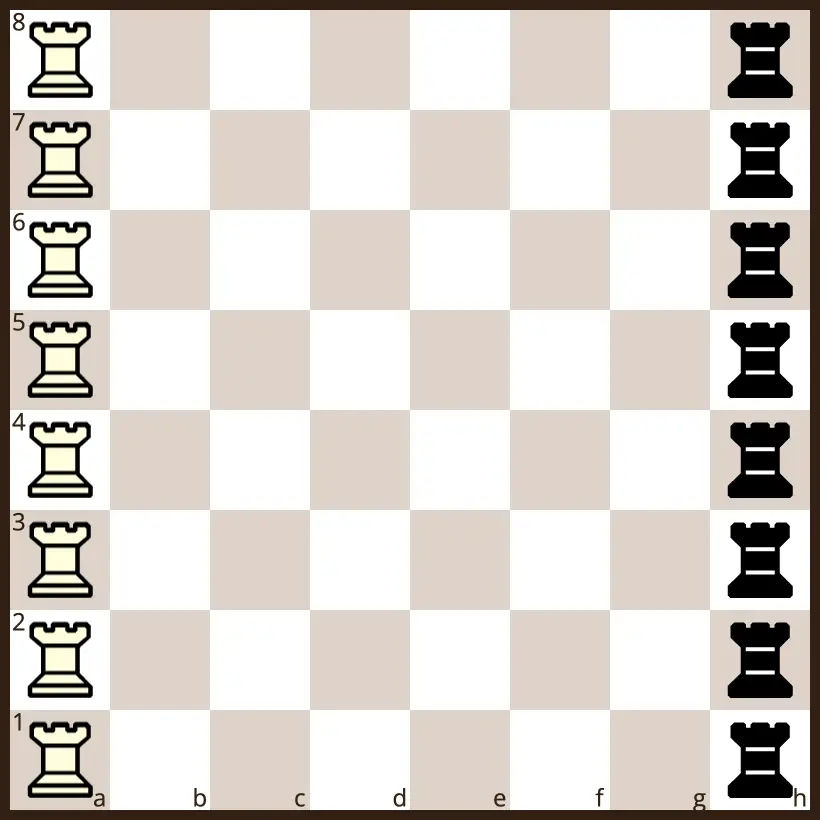
Sliding Rooks
White starts with eight rooks on the a-file, while Black lines up his eight rooks along the h-file. White starts the game. Players take turns to slide a rook horizontally an arbitrary number of squares in a single direction: white rooks move East and black rooks move West. All rooks stay in their starting ranks and capturing or jumping over other pieces is not allowed. The player who makes the last move wins the game.